Back pain is one of the reasons people seek medical care, yet its underlying causes can vary widely. Causes can range from poor posture and muscle strain to disc issues and chronic conditions. Identifying the root cause is key for effective treatment and long-term relief. By exploring the frequent triggers of back pain and the solutions that address them, patients can take informed steps toward better mobility and well-being.
Everyday Habits That Trigger Back Pain
Daily activities play a fundamental role in developing back strain and aching back symptoms. Poor posture while sitting at a desk places excessive pressure on spinal discs and surrounding muscles. Slouching forward or hunching over a computer screen creates imbalanced muscle tension throughout the spine. This prolonged positioning weakens core muscles that support proper spinal alignment.
Heavy lifting with improper technique frequently leads to acute back discomfort. Bending at the waist instead of squatting with legs straight puts tremendous stress on lower back structures. Twisting while lifting compounds this problem by adding rotational forces to an already vulnerable position. Even lifting moderate weights incorrectly may cause muscle strains and ligament sprains. Sleeping on unsupportive mattresses or in an awkward position can contribute to morning backache symptoms.
Underlying Medical Conditions to Watch For
Several medical conditions create chronic spine discomfort that requires professional diagnosis and treatment. Herniated discs occur when the soft inner material of the disc pushes through the tough outer layer, pressing against nearby nerves. This condition develops gradually through wear and tear or can occur suddenly due to injury. Symptoms include sharp pain that may radiate down the legs along with numbness or tingling sensations.
Arthritis affects spinal joints and creates ongoing back pain through inflammation and cartilage breakdown. Osteoarthritis develops as joint cartilage wears away over time, whereas rheumatoid arthritis involves the immune system attacking joint tissues. Both forms cause stiffness, reduced range of motion, and persistent aching that worsens with activity.
When Lifestyle Fixes Make a Difference
Simple modifications to daily routines often provide significant relief from mild to moderate back pain. Regular stretching helps maintain flexibility in muscles and ligaments that support the spine. Focus on gentle movements that target tight hip flexors, hamstrings, and lower back muscles.
Strengthening core muscles provides better support for the entire spinal column. Planks, bridges, and modified crunches build stability without placing excessive stress on the back. Start with short holds and gradually increase duration as strength improves. Strong abdominal and back muscles work together to maintain proper posture throughout daily activities. Ergonomic workplace adjustments reduce repetitive stress on spinal structures. Position computer monitors at eye level to prevent neck strain and forward head posture.
When to Seek Professional Help
Certain back pain symptoms require immediate medical evaluation to prevent serious complications. Seek emergency care if back discomfort occurs alongside fever, which may indicate infection. Numbness or weakness in the legs suggests possible nerve compression that needs prompt attention. Loss of bladder or bowel control is a medical emergency requiring immediate intervention.
Chronic pain lasting longer than six weeks benefits from professional assessment and treatment. Healthcare providers perform physical examinations and may order imaging studies to identify underlying causes of symptoms. Treatment options often include physical therapy, medications, spinal injections, and in severe cases, surgical procedures.
Book Your Back Pain Appointment Today
Back pain develops from numerous causes, but effective solutions exist for most conditions. Simple lifestyle changes often help many people find relief, while others require professional medical care. Contact trusted spine specialists near you to book a comprehensive evaluation and develop a personalized treatment plan that addresses your specific needs.





